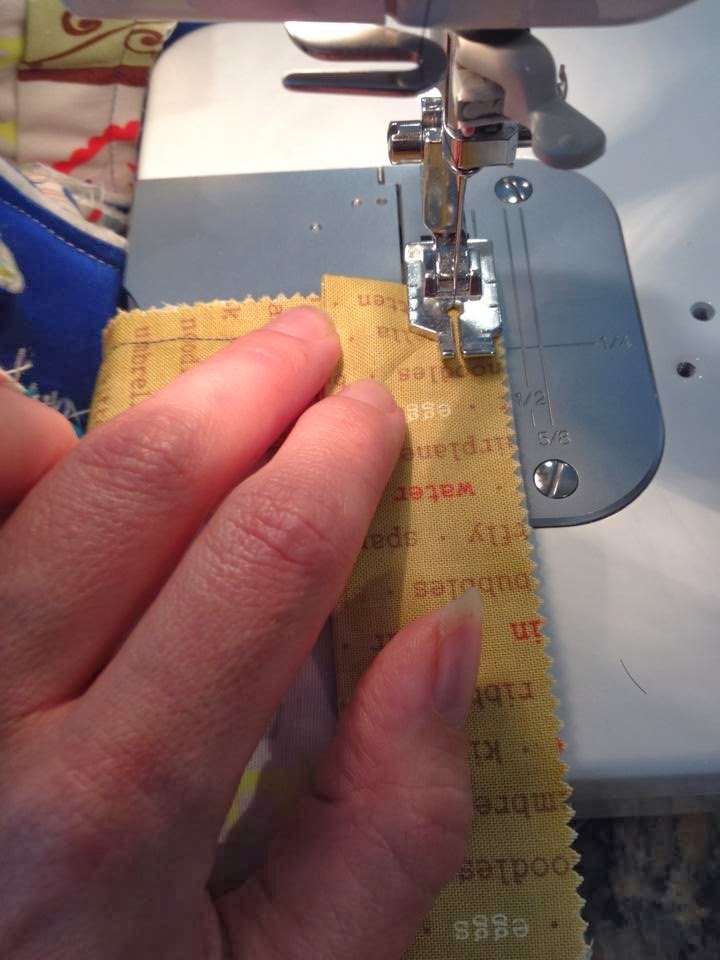And then it sat. I dumped a few patterns onto it, but never really used it. I think it all comes down to the name. "When the Pieces Come Together." It's about quilting, and about life. And as I've watched thousands of quilt pieces come together, my life has unraveled in places, this past year. And that seemed so private. So raw. So embarrassing.
So here I am, starting a blog, with some honesty and vulnerability.
Hi, I'm Katie. I'm 33, divorced, and live in Florida with my four kids between the ages of 4 and 10 (in 2 weeks). I should be a student, but that's not going too well. I have a job, but that's somewhat difficult with the other issues going on at home, too. But you know what I am? I'm a mom who loves her children fiercely, even when they're extremely difficult to love.
My littles (younger 3, ages 4, 6, and 8) are dealing with divorce and dad's new girlfriend moving in as could be expected - they hate me, and they love and adore and need me all at once. That works - they just need extra love.
My oldest, though, my sweet Sam, is another story. Already diagnosed as having ADHD and Autism, we're in the process of seeing how deep the rabbit hole goes for him. Most recently, he was additionally diagnosed with Episodic Mood Disorder, which is either bipolar 1, manic bipolar, major depressive disorder, or schizophrenia. It's not insignificant, especially at age 9. He is also a danger to himself and his siblings, and to me.
So, that's where I start. That's my life today. The pieces will come together, even when I have no idea how.











































